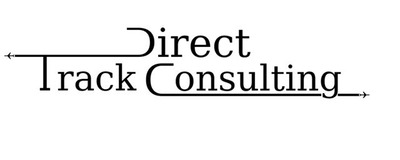Just how precise is GPS
timing?
A recent global interruption in January 2016 of the GPS system has highlighted how many systems and industries are reliant on the precise timing provided by the GNSS system. The GNSS system is the Global Navigation Satellite System. This system covers all satellite based Position, Navigation and Time keeping satellites of which GPS (USA) is but one. Other systems include GLONASS (Russia), BEIDOU (China), GALILEO (European Union), and a couple of regional constellations operated by Japan and India.
Although many of us use the GNSS/GPS information regularly in our daily lives, most of us have little idea of how dependent we are on the system.
The GNSS/GPS signals continuously provide 3 functions: Position, Navigation and Time. (PNT)
The position and navigation elements are obvious to those of us who are in any way technologically aware, but the timing aspect is less well understood.
Most wireless networks involving data exchange or data transfer require precise timing for system synchronization. This precision of timing is measured in micro-seconds. In some cases the level of precision required is measured in nano-seconds.
These periods of time, the micro and nano second, are rarely used so I needed to be able to relate them in a more common form. Here is a comparison.
1) The old saying for getting something done quickly is to have it done “in a heartbeat”. For most people the average resting heart rate is between 60 and 80 beats per minute. If we use 60 beats per minute, it takes one second between heartbeats.
2) Another saying is “in the blink of an eye”. Research has shown that it takes between 300 and 500 milliseconds to blink. A millisecond is one one thousandth of a second. So again assuming 330 milliseconds for a blink it will take 1/3 of one second to blink.
3) A microsecond is one one millionth of a second. Numerically that looks like this, 0.000001 of a second. According to Wikipedia, “one microsecond is to one second as one second is to 11.574 days.”
4) A nanosecond is one one billionth of a second. Again it looks like this, 0.000000001 of a second. Wikipedia describes it as “one nanosecond is to one second as one second is to 31.71 years. Rear Admiral Grace Hopper of the US Navy provides an excellent visual description of the nanosecond in this YouTube clip:
https://www.youtube.com/watch?v=JEpsKnWZrJ8
The recent event that disrupted the GPS network was caused by a 13 microsecond error in the system. This error was enough to raise alarms and render some systems unusable for 12 hours. These affected systems included radio broadcasts, internet service, communications systems and aviation ground navigation systems.
This raises the question, “How reliant are we on the GNSS/GPS system?” and “How vulnerable is that system?”
